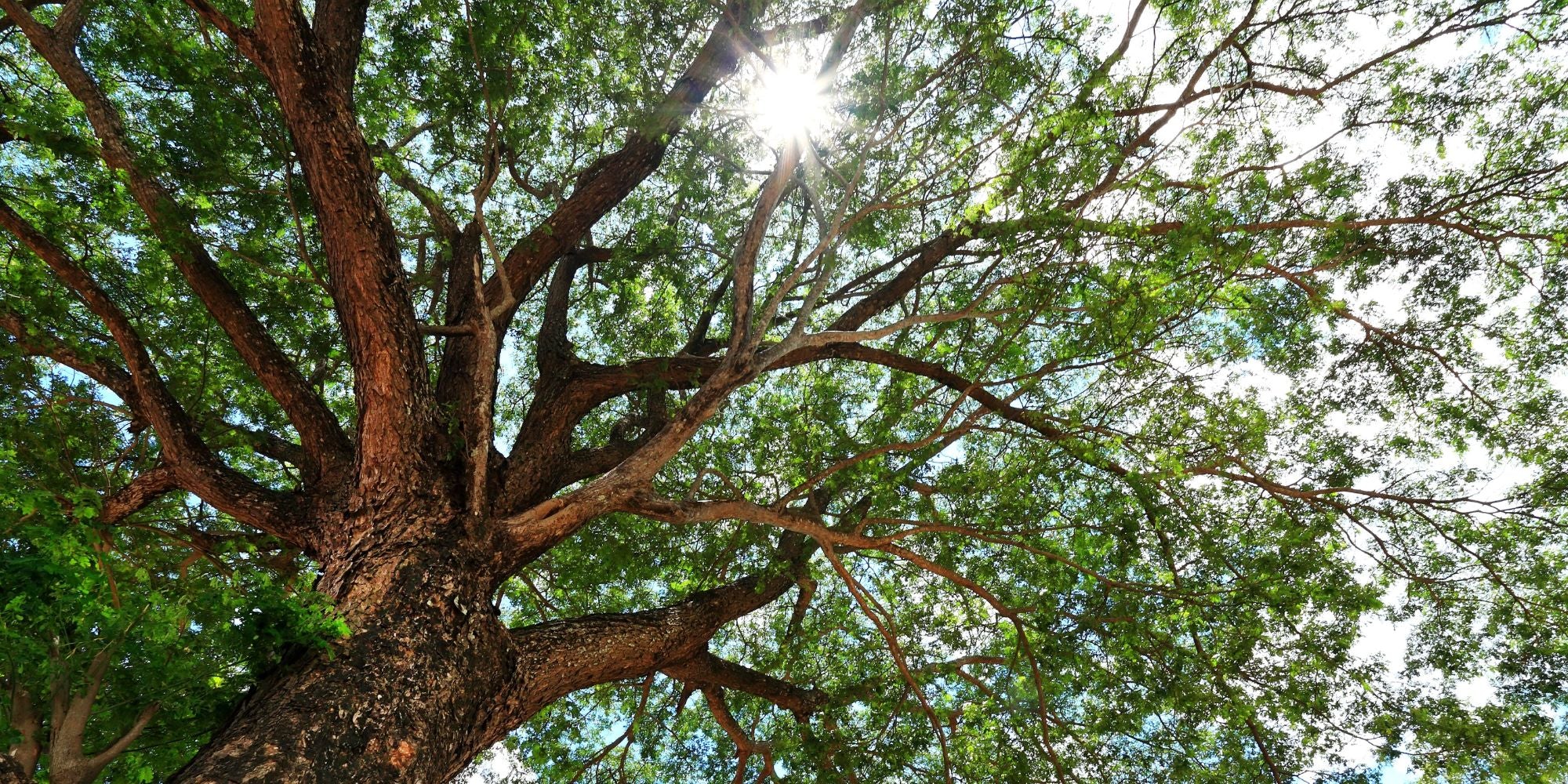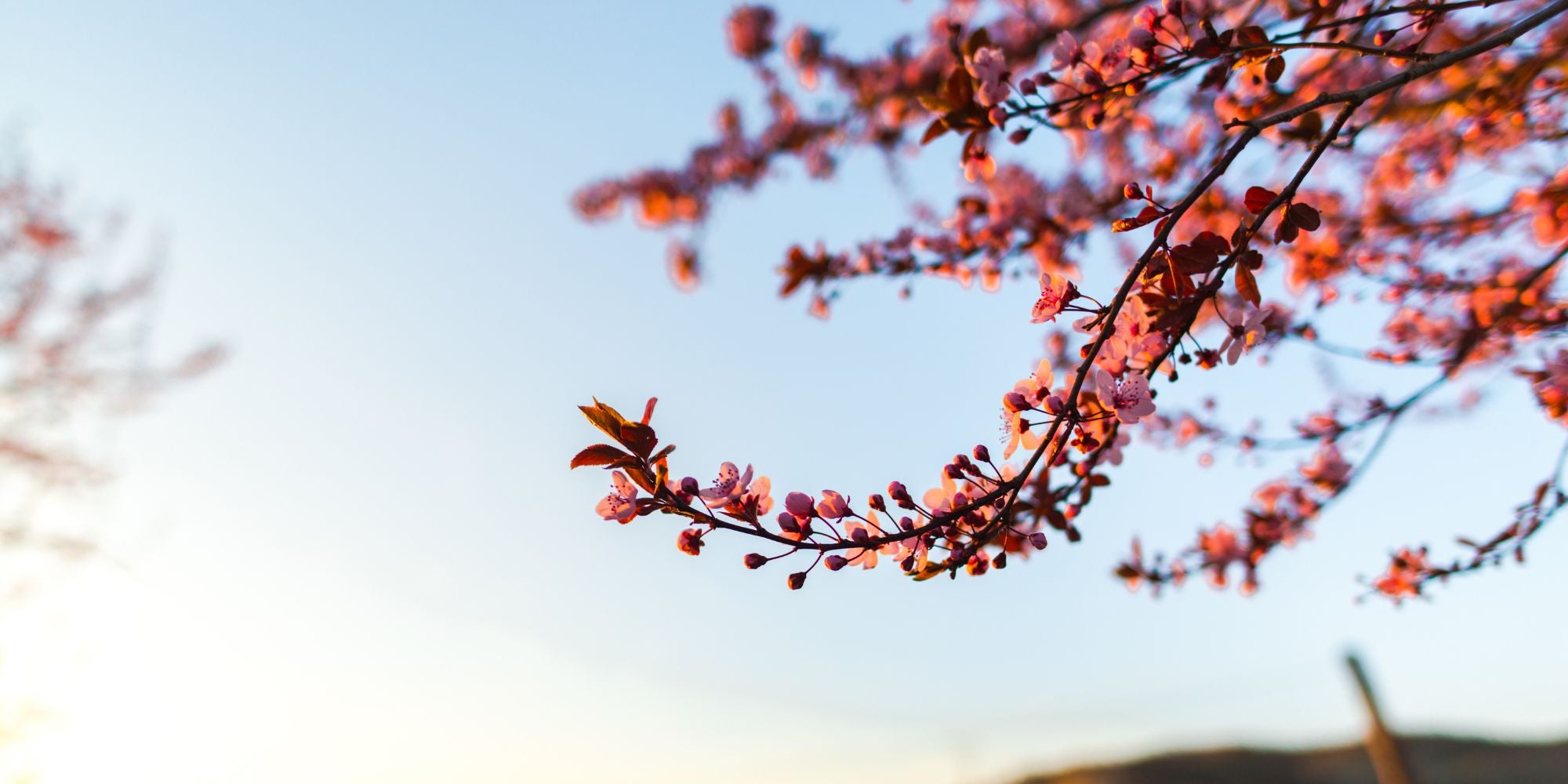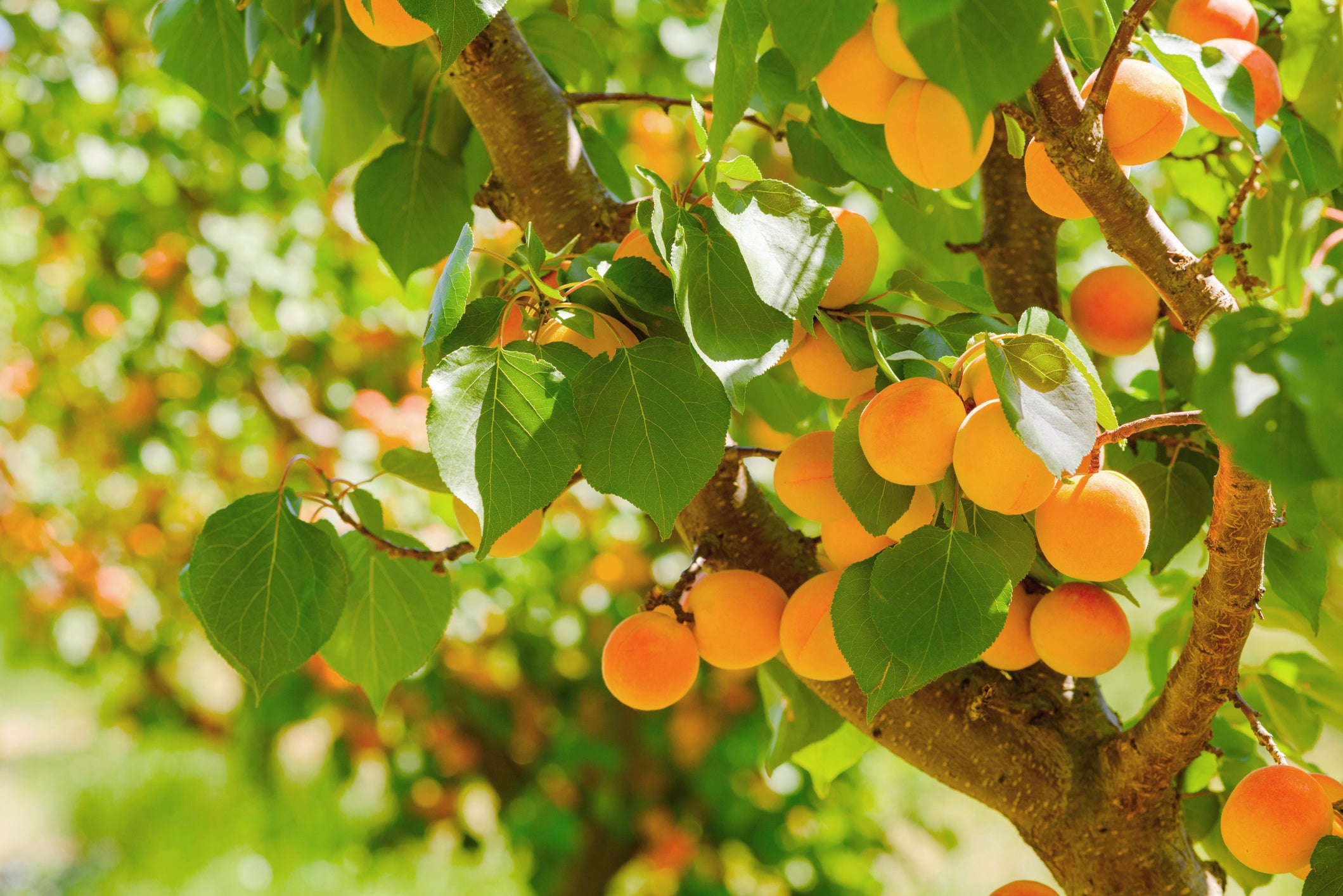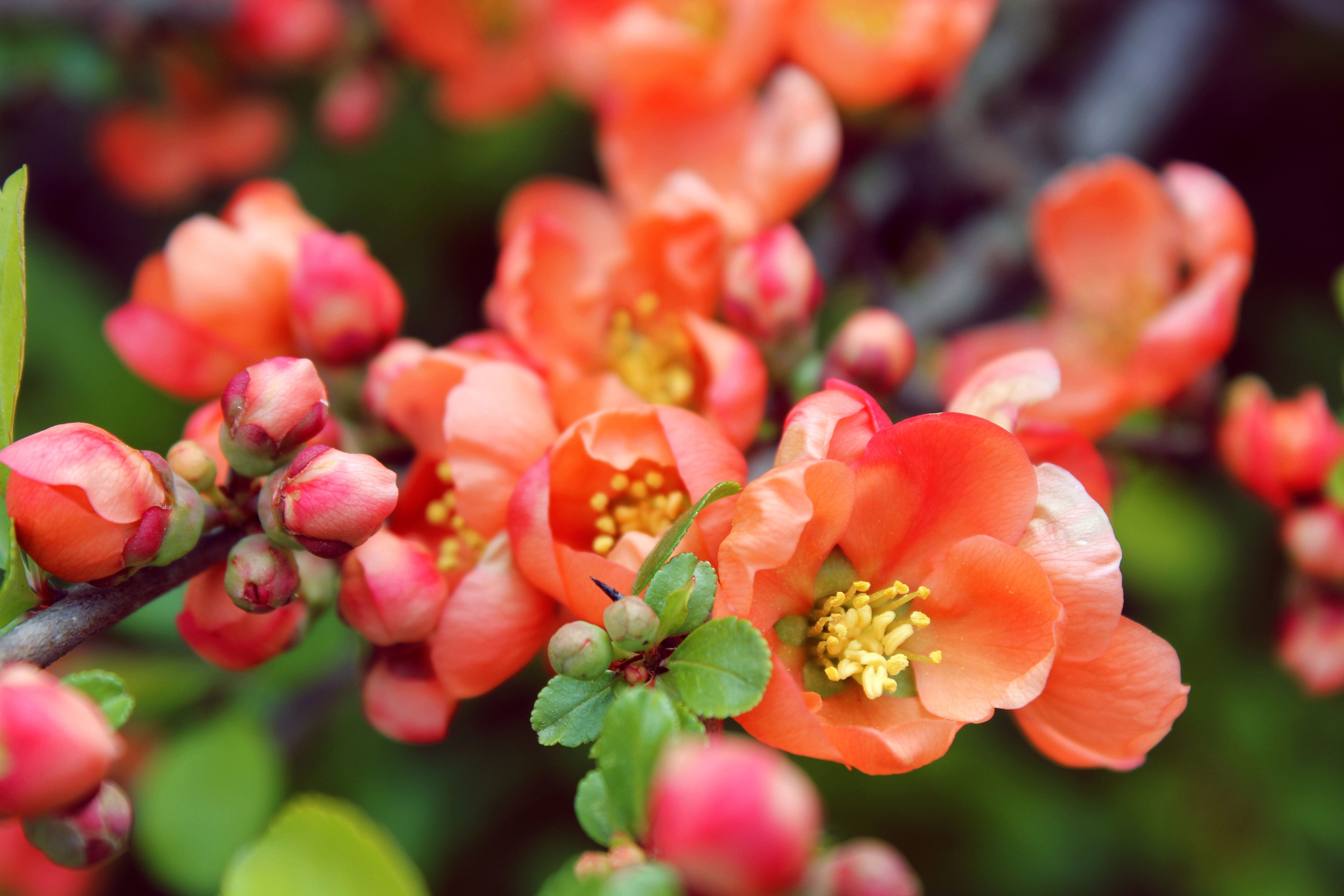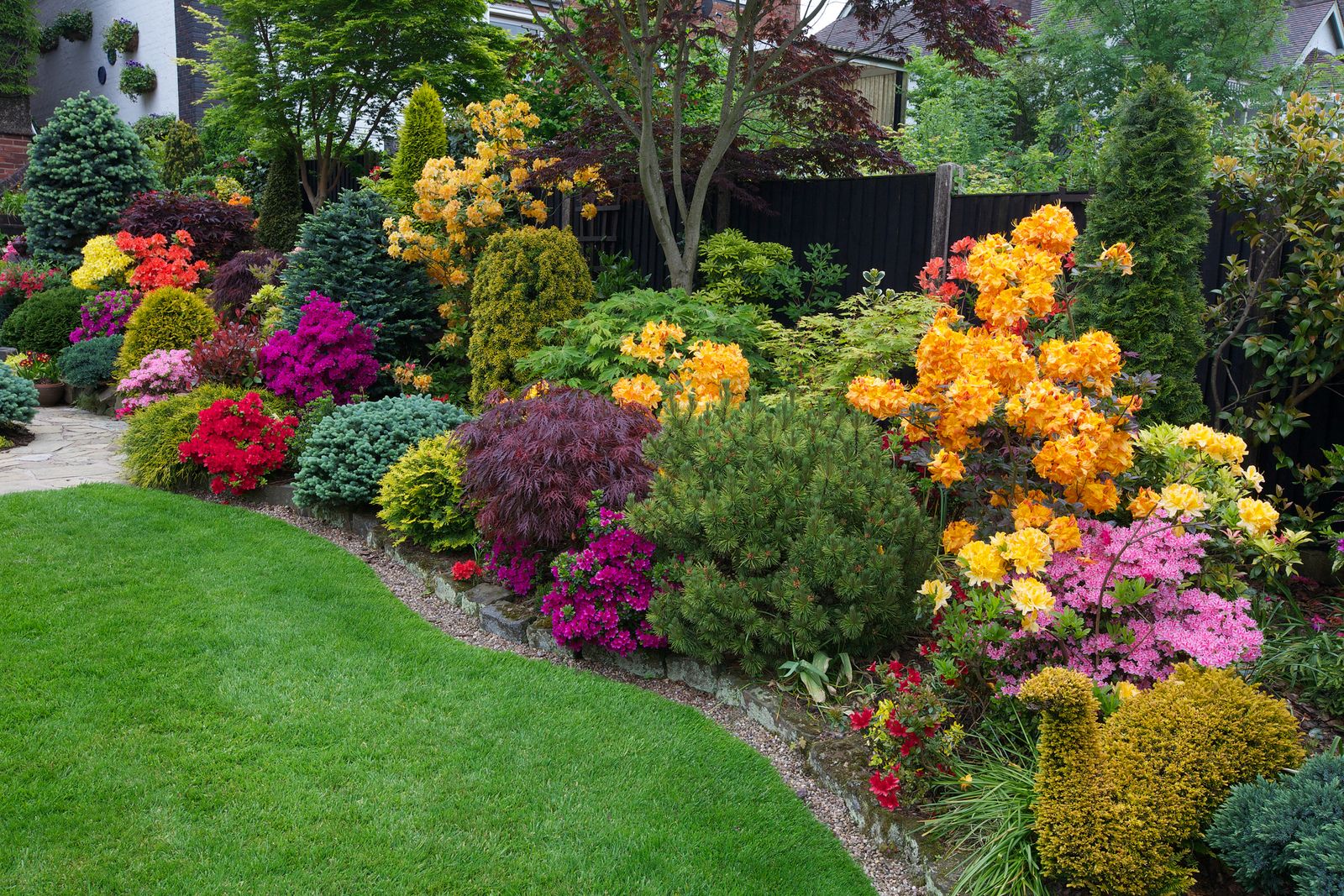Guide to Planting and Enjoying Rhubarb
Hey there, green thumbs! Ready to add a twist of tang to your garden? Let’s talk rhubarb – that vibrant, tart delight that’s a bit of a garden diva, but oh-so-worth the effort. Nestled between the realms of fruit and vegetable, rhubarb brings a unique flavor to pies, jams, and even savory dishes. Here’s your laid-back guide to getting it right in your garden, ensuring a bountiful harvest for years.

Picking the Perfect Spot
Rhubarb loves the spotlight – full sun, to be precise – and thrives in well-drained soil. Keep it clear from the shadow of trees or large plants; rhubarb doesn’t like to share its nutrients and water. Since it's in for the long haul, with a lifespan of 5 to 8 years (sometimes even more!), make sure you give it the prime real estate it deserves. Early spring is the perfect time to plant those crowns, just as the soil wakes up from its winter slumber. Aim for a spot that offers room to grow; these plants can stretch up to four feet in all directions.
When planting, think shallow but hungry – about 4 inches deep but in a hole rich with compost or well-rotted manure to satisfy its appetite. And here’s a fun kitchen table fact: despite landing on our dessert plates often, rhubarb is technically a vegetable, a quirky member of the buckwheat family that once had a starring role in a tax dodge as a fruit!
Loving Your Rhubarb Right
After settling your rhubarb in its new home, keep the soil comfortably moist, especially through the spring and early summer. A cozy blanket of organic mulch will help retain that moisture and keep the roots cool. As winter whispers its way back, tuck your rhubarb in with a layer of straw, leaves, or bark to fend off the frost.
Feed it with a partner-in-crime plant food that vibes with your soil, ensuring your rhubarb gets all the nutrients it needs without the drama.
Harvest Time: The Main Event
Harvesting rhubarb is like taking candy from a baby – straightforward and a little thrilling. Aim for those early spring stalks for peak flavor and tenderness, perfect for your baking adventures. Later in the season, the stalks get a bit tougher but still shine in stewed dishes and jams.
The best harvest moments come in the cool of the morning. Twist and shout (gently, of course) as you pull the stalks from the base, or use a sharp knife if they put up a fight.

Storing the Bounty
Rhubarb's a bit of a diva in the fridge, only hanging around for a few days. For a longer encore, chop and freeze the stalks in bags, ready to jazz up your dishes on demand. Remember to give them a thaw before cooking to soften them up.
And there you have it – your easy-peasy guide to growing, harvesting, and enjoying rhubarb. This plant may require a bit of patience and care, but the rewards are sweet (or tart, in this case). Whether you’re dreaming of pies, tarts, or a tangy addition to your savory dishes, rhubarb is a garden gift that keeps on giving.
Got questions or need a hand troubleshooting your rhubarb rendezvous? Don’t hesitate to reach out. Here’s to the joys of gardening and the delicious victories it brings to our tables and taste buds. Happy gardening!



